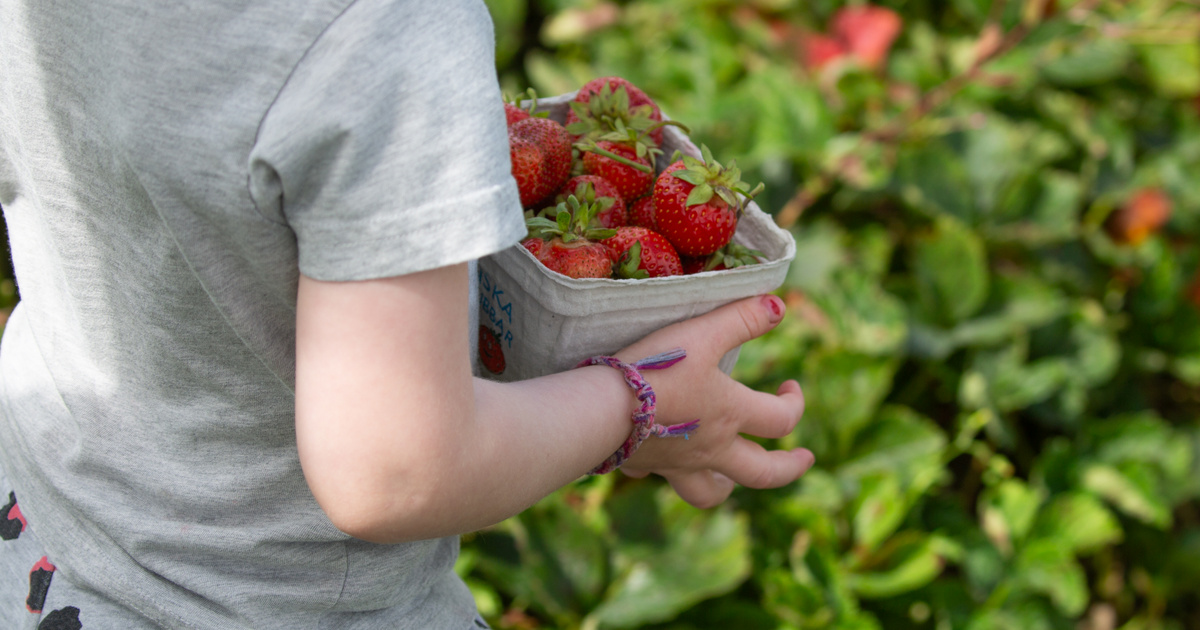András Halbritter is a co-founder of the School Gardens Foundation and an associate professor at Széchenyi István University, Blue Planet Podcast He was a guest I spoke to Janos Ader about the positive aspects of school gardens. As Chairman of the Board of Trustees of the Kik Bolejo Climate Protection Foundation, Janos Ader asked the expert about the upcoming start of the school, and what the function and history of school gardens are.
School gardens (and kindergarten and nursery gardens also belong to this category) simultaneously serve educational, educational and recreational purposes, says András Halbritter. In Germany, educational gardening began after the Chernobyl disaster, and in Hungary after the regime change, and accelerated in the early 2010s.
According to the expert, the school garden project restores children's love for the earth, prioritizes the perspective of sustainability, spreads agricultural professions and trains the basics of environmental literacy in practice.
A school garden is perhaps the easiest way to bring children into nature within the confines of a kindergarten or school.
According to Halbritter, children need to be close to nature, and today's “pathological lack of nature” can lead to mental illness. Psychologists have already found a link between attention deficit disorder, autism and lack of nature.
The former President of the State stressed: It is worth instilling this in the minds of the generations that come after us from a young age. It has nothing to do with the ground. Halbritter also said that in 2015, together with several school gardeners, they founded the School Gardens Foundation, which already has three hundred members in Hungary and neighboring countries. Although there are not many places in Europe that have a school garden movement, in addition to the American network, it can be said that the German, Slovenian, Czech and Hungarian networks have been successful, and among those listed, we are the only one that is free.
He added that a national programme for the development of government school gardens has also been launched, with 337 institutions already receiving support to set up school or kindergarten gardens, and to a lesser extent to develop them. As part of this, teachers can gain knowledge and training in garden design. He added that the aim of the programme is also to bring education to school gardens in relation to as many subjects as possible.
The expert also touched upon the fact that school gardens are the most receptive age group for preschoolers and primary school students, because at this age the connection with nature can be best developed. Even a small area is suitable for this purpose, because the goal is primarily to educate about sustainability. The most common size of such gardens is only 10-100 square meters, which can often be created in downtown areas.
The expert said about the objectives of the Eskolakartkert Foundation for the coming period that they consider it important to further strengthen international relations so that professionals from the European Union can be organized into a network in the future.














































